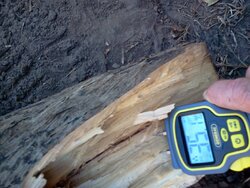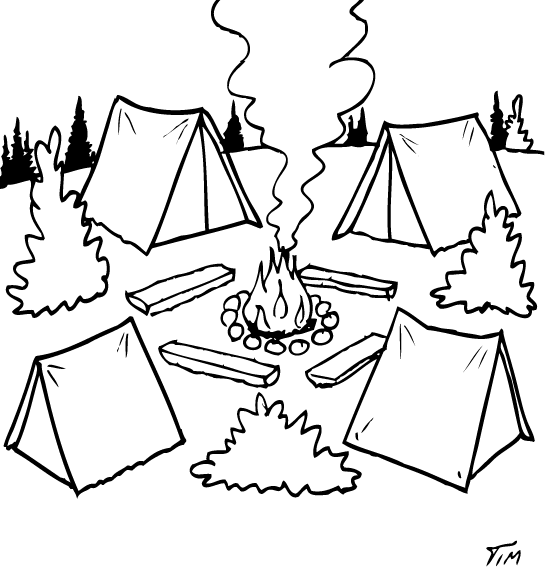Bought a moisture meter to use for the first time. More out of curiosity than anything. However after using it, it changed my way of thinking. I had some cottonwood rounds that I had trimmed late last winter. The bark had already came off which used to be the signal that it was ready to burn.
Here is what the meter told me!
Have a tool now that is as valuable as any of my other wood cutting tools.
Just realized that I was in the Wood shed when I posted this, should have probably been in The Gear. Sorry.
Here is what the meter told me!
Have a tool now that is as valuable as any of my other wood cutting tools.

Just realized that I was in the Wood shed when I posted this, should have probably been in The Gear. Sorry.






